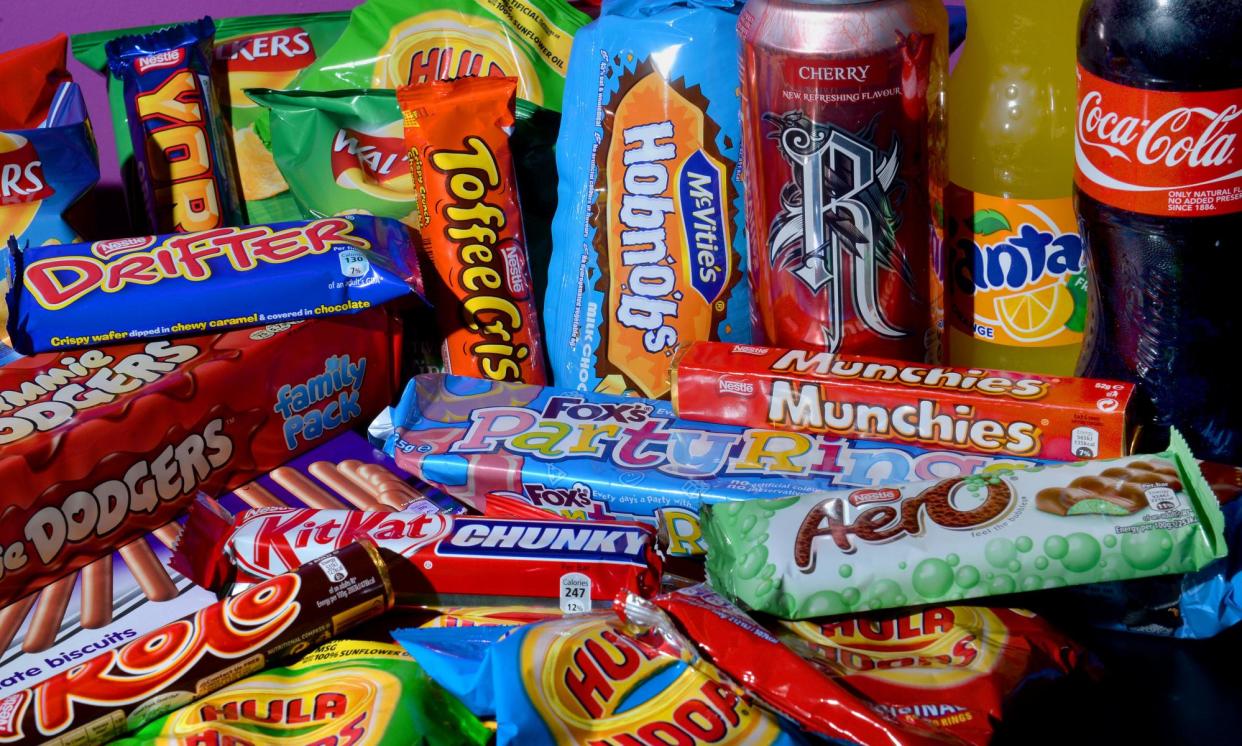UK sugar tax explained: what is it and has it worked?

The sugar tax, also known as the UK soft drinks industry levy, was announced in March 2016 and came into effect in April 2018. New research has shown that the levy has led to a significant drop in the amount of sugar in people’s diets across the UK, with the amount of sugar consumed by children and adults from soft drinks decreased significantly, by around a half in children, and by a third in adults, after the sugar tax was announced.
Here is a Q&A of the key features of the legislation.
What is the sugar tax?
The soft drinks industry levy, known as the ‘sugar tax’, is a levy applied to soft drinks which are produced in the UK or imported into the country.
It was introduced as part of the UK’s anti-obesity policy and was one of the flagship policies of the 2016 childhood obesity strategy.
The tax was targeted at drinks manufacturers in order to incentivise them to reduce the sugar content of their products.
According to the levy, the manufacturers of soft drinks will need to pay:
24p a litre of drink if it contains 8 grams of sugar per 100 millilitres or more
18p a litre of drink if it contains between 5 – 8 grams of sugar per 100 millilitres
When was it introduced?
It was first announced in the then chancellor George Osborne’s budget in March 2016, which was central to the then budget. Osborne said the money raised from the levy would be used to fund primary school sport across England.
Commenting on the policy, Osborne said: “I am not prepared to look back at my time here in this parliament doing this job and say to my children’s generation, ‘I’m sorry, we knew there was a problem with sugary drinks, we knew it caused disease, but we ducked the difficult decisions and we did nothing.”
At the time, the Office for Budget Responsibility said the levy could result in a “pretty substantial price rise”, such as 80% on a two-litre bottle of Coca-Cola.
The levy came into effect just over two years after it was first announced in the budget, in April 2018.
What doesn’t the ‘sugar tax’ include and why?
The levy applies to drinks with sugar added during their production, drinks with at least 5g of sugar per 100ml in their ready to drink or diluted form and drinks with an alcohol content of 1.2% alcohol by volume or less.
The beverages that are excluded includes drinks that are at least 75% milk, milk alternatives such as almond milk, soya milk, alcohol-free beer and wine, fruit or vegetable juices, liquid drink flavouring that’s added to food or drinks like coffee or cocktails, infant formula and powdered drinks.
As the levy only applies to soft drinks, foods which are high in sugar such as biscuits and cakes are not currently included in the levy.
Has it been effective?
Before the levy even came into effect, over half of manufacturers reformulated their drinks in order to avoid the charge.
Since its introduction in 2018, several studies have shown its effectiveness in leading to a reduction in the sugar intake of adults and children in the UK.
In the first year since its introduction, Public Health England said that there was a 28.8% reduction in the total sugar content per 100ml between 2015 and 2018 for the drinks which the levy would apply to.
Research from last year found that the levy may have prevented more than 5,000 cases of obesity every year among girls in their final year of primary school since it was introduced, while another study found that fewer children in England have needed to have rotten teeth extracted at the dentist since the levy was introduced.


